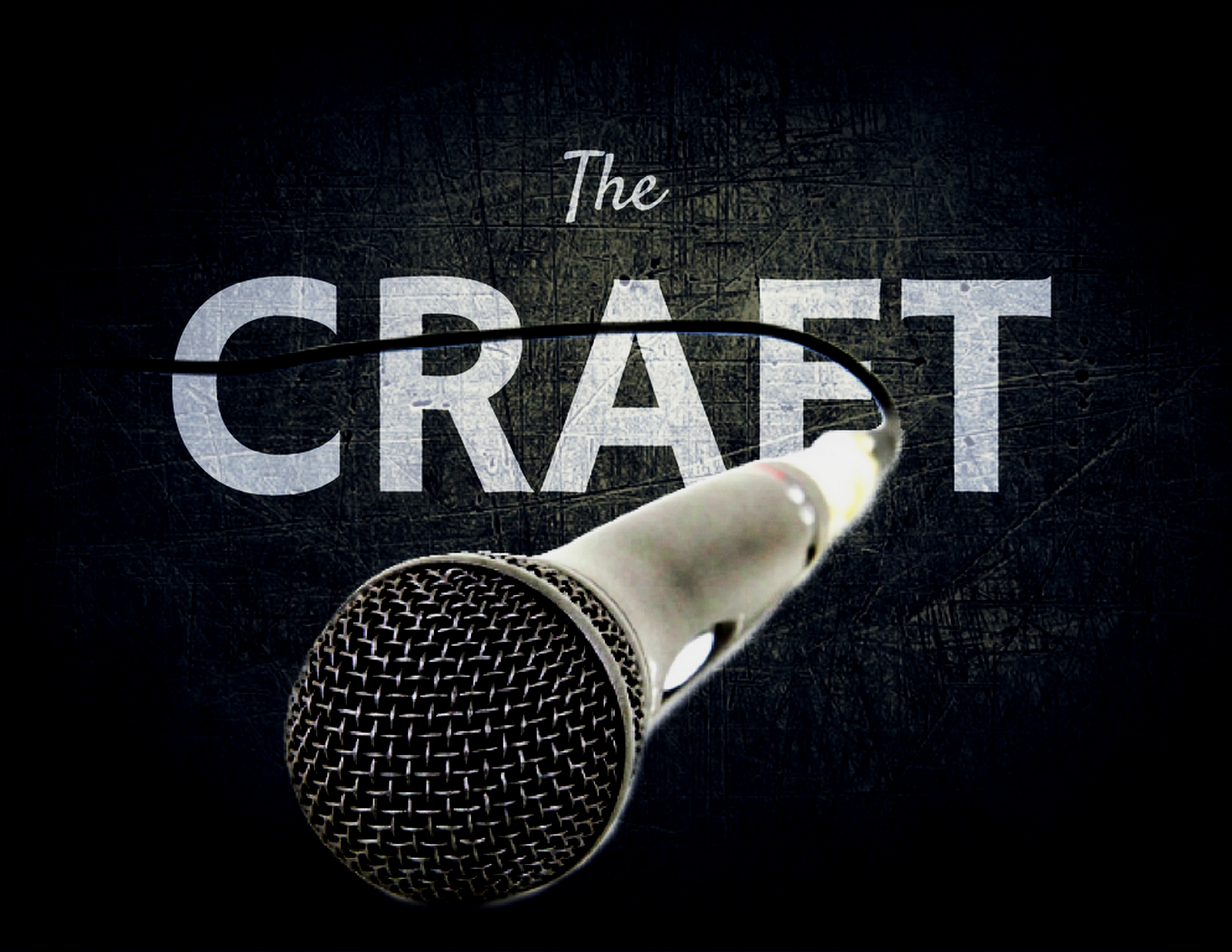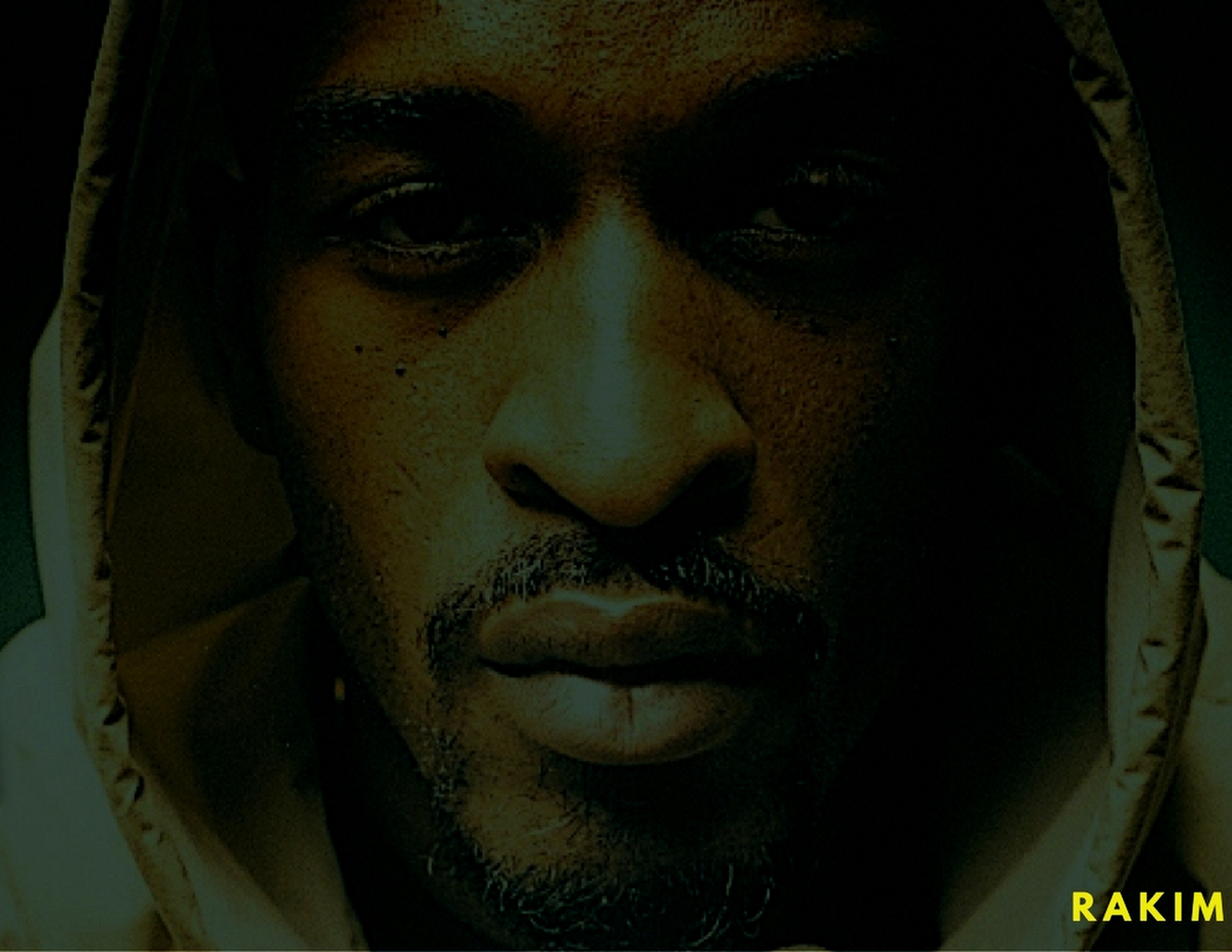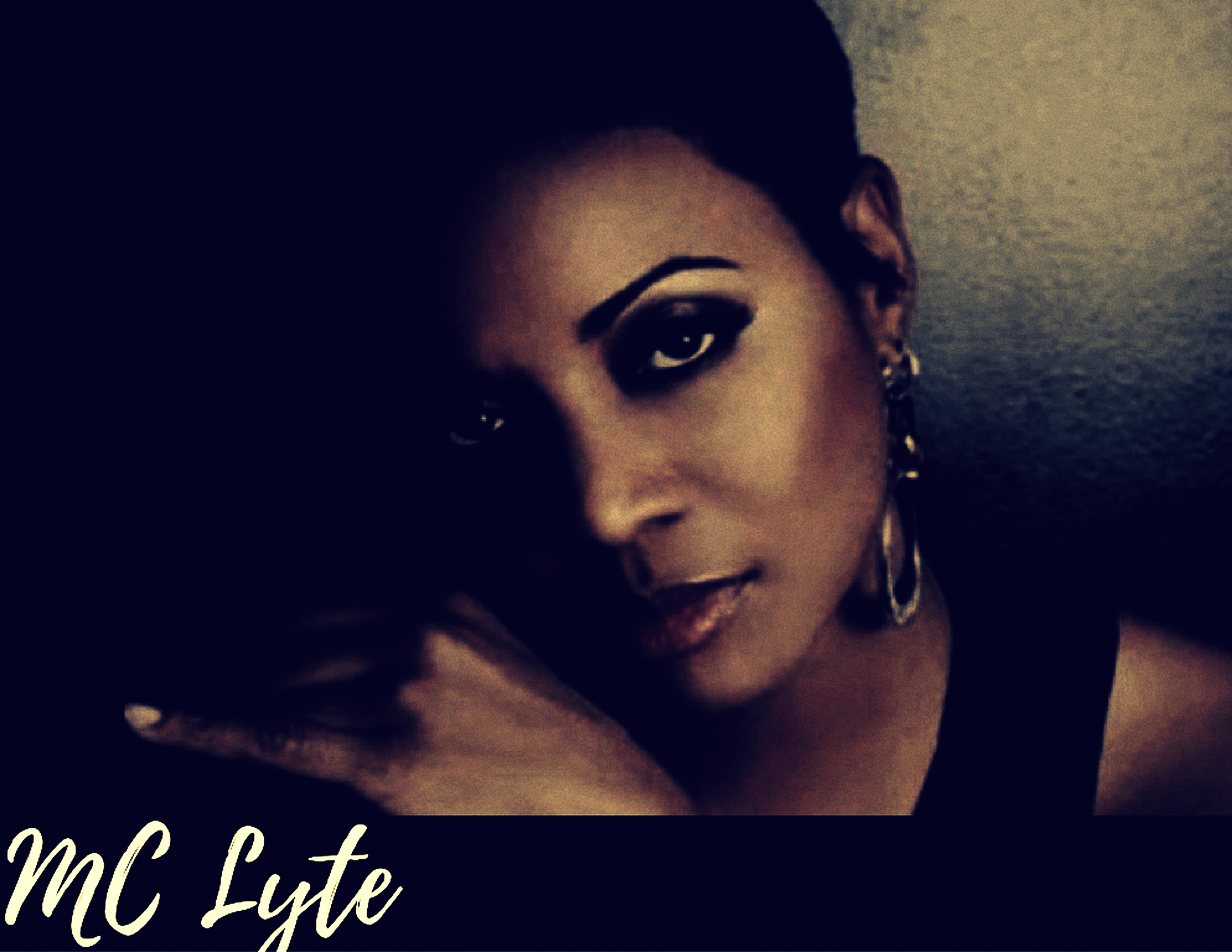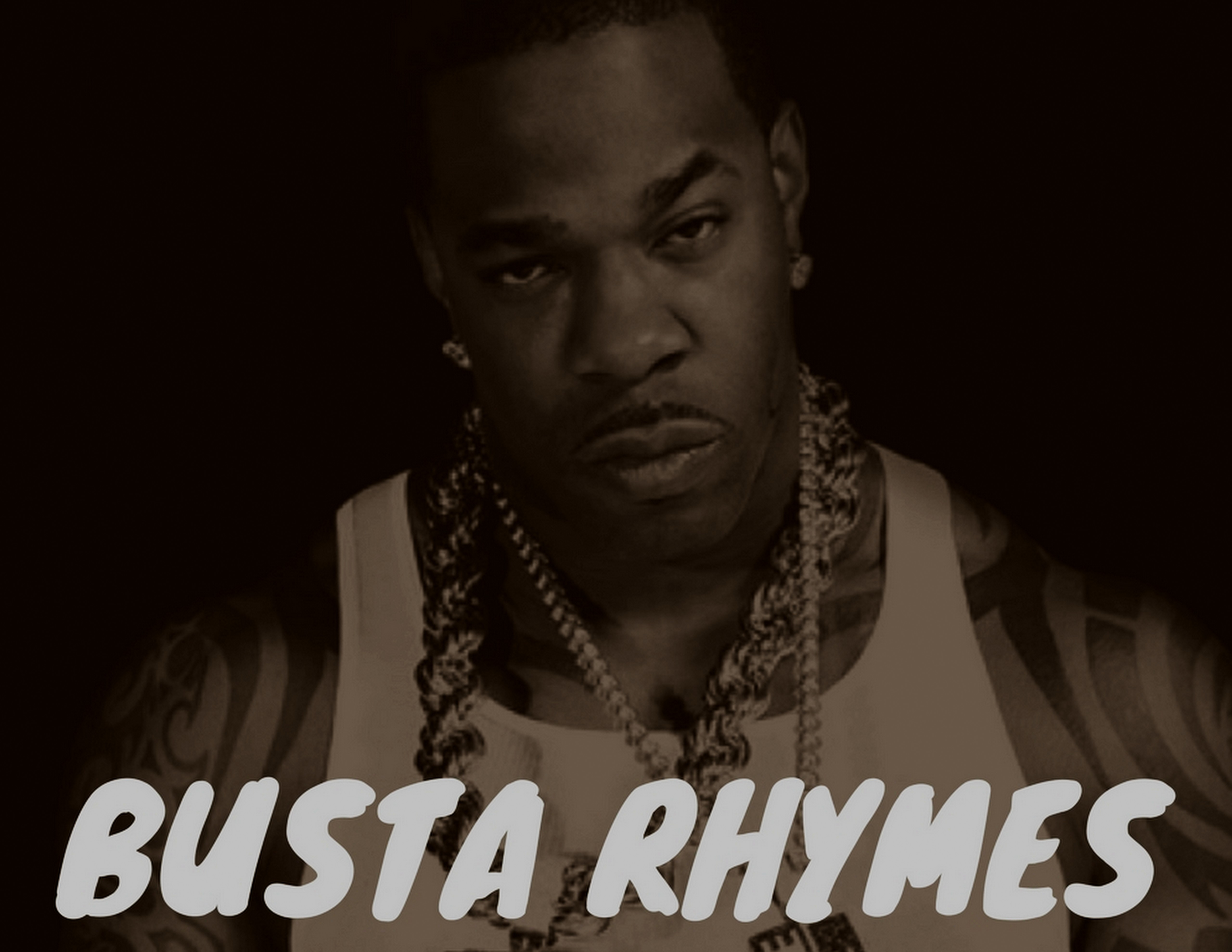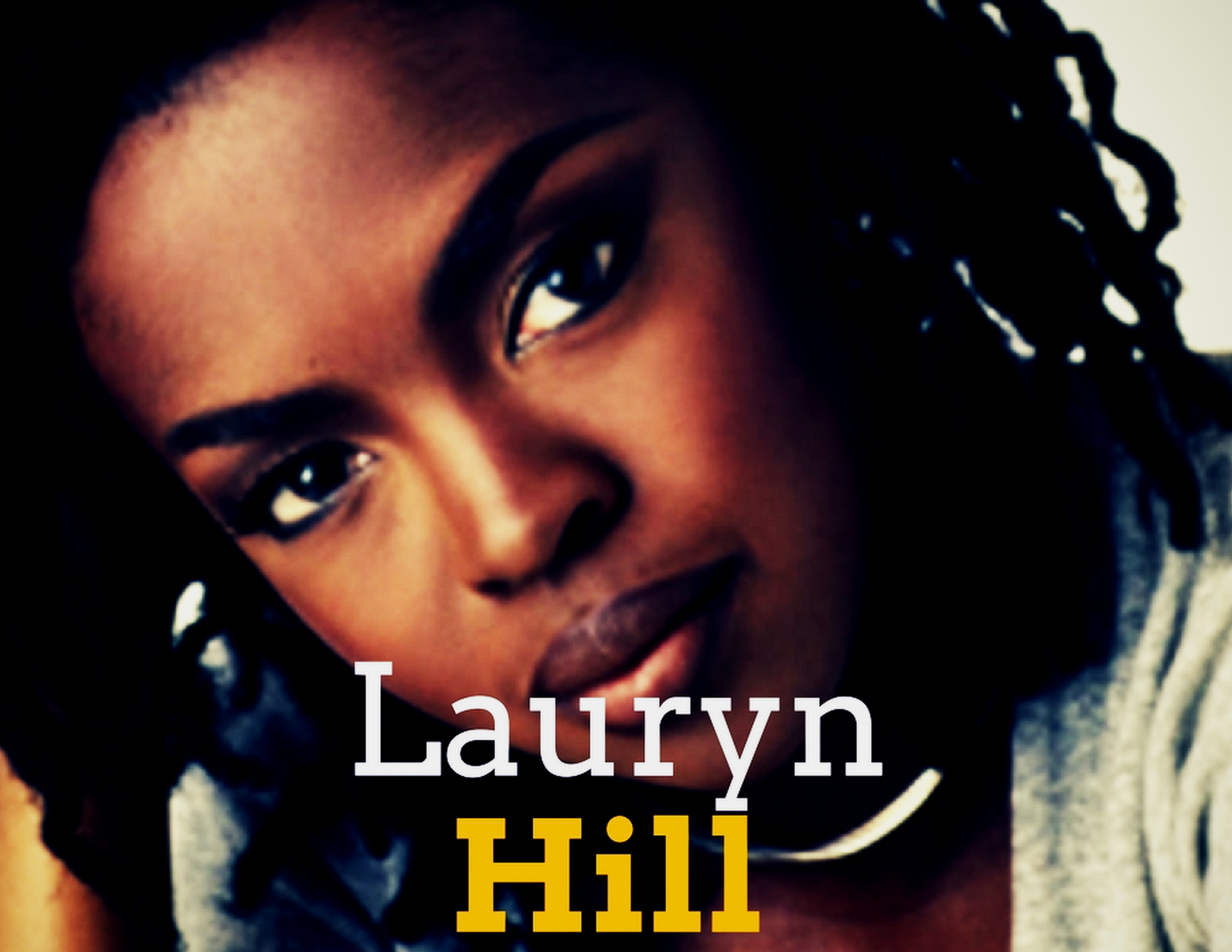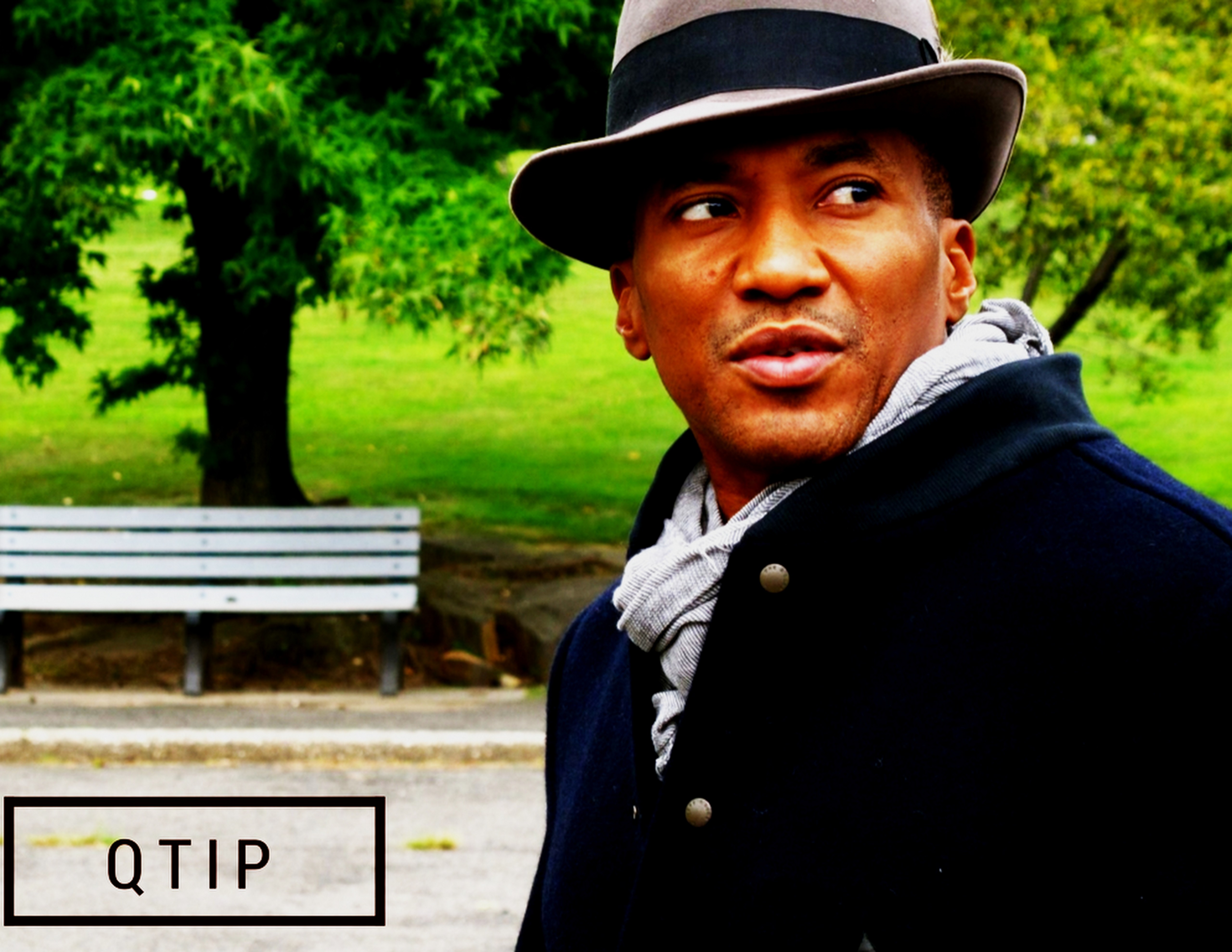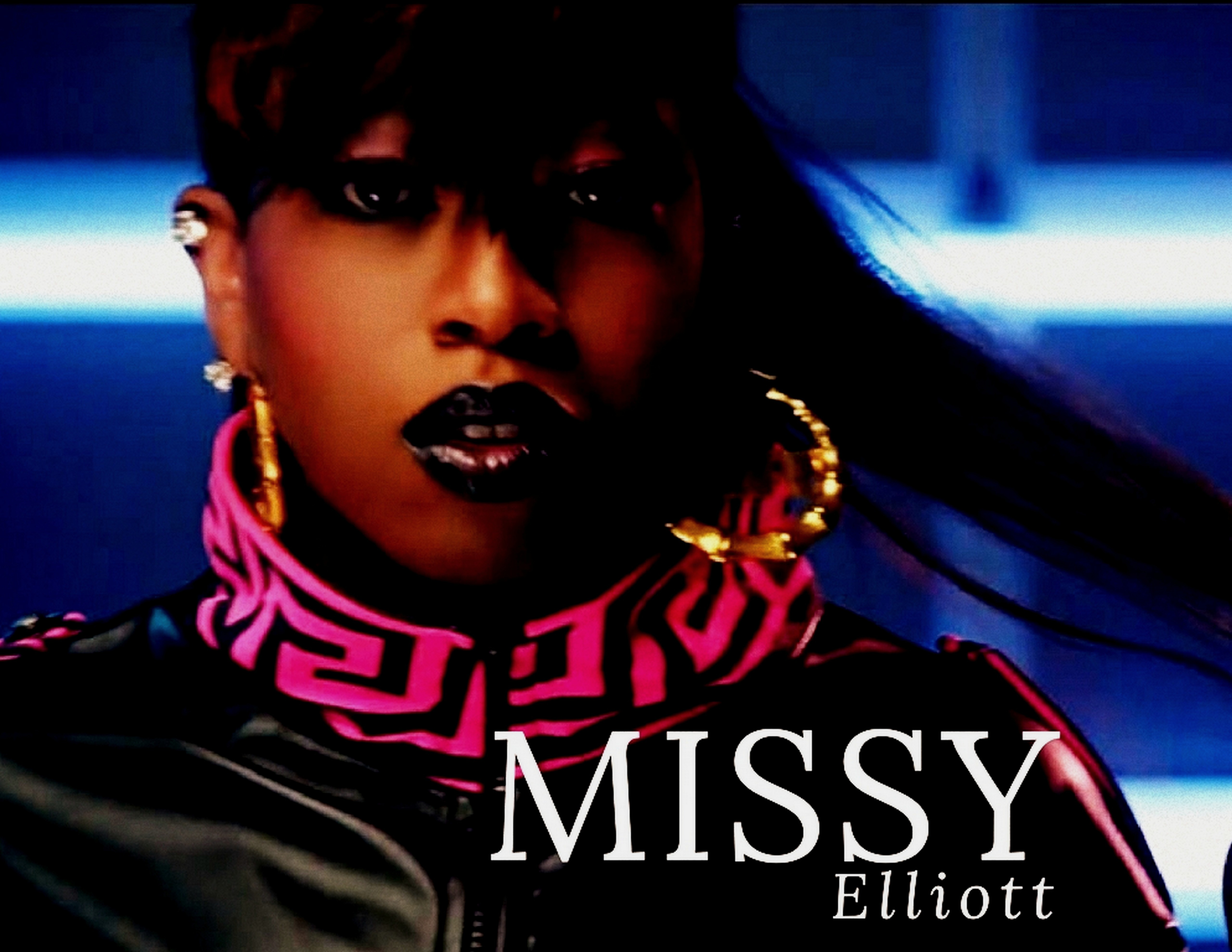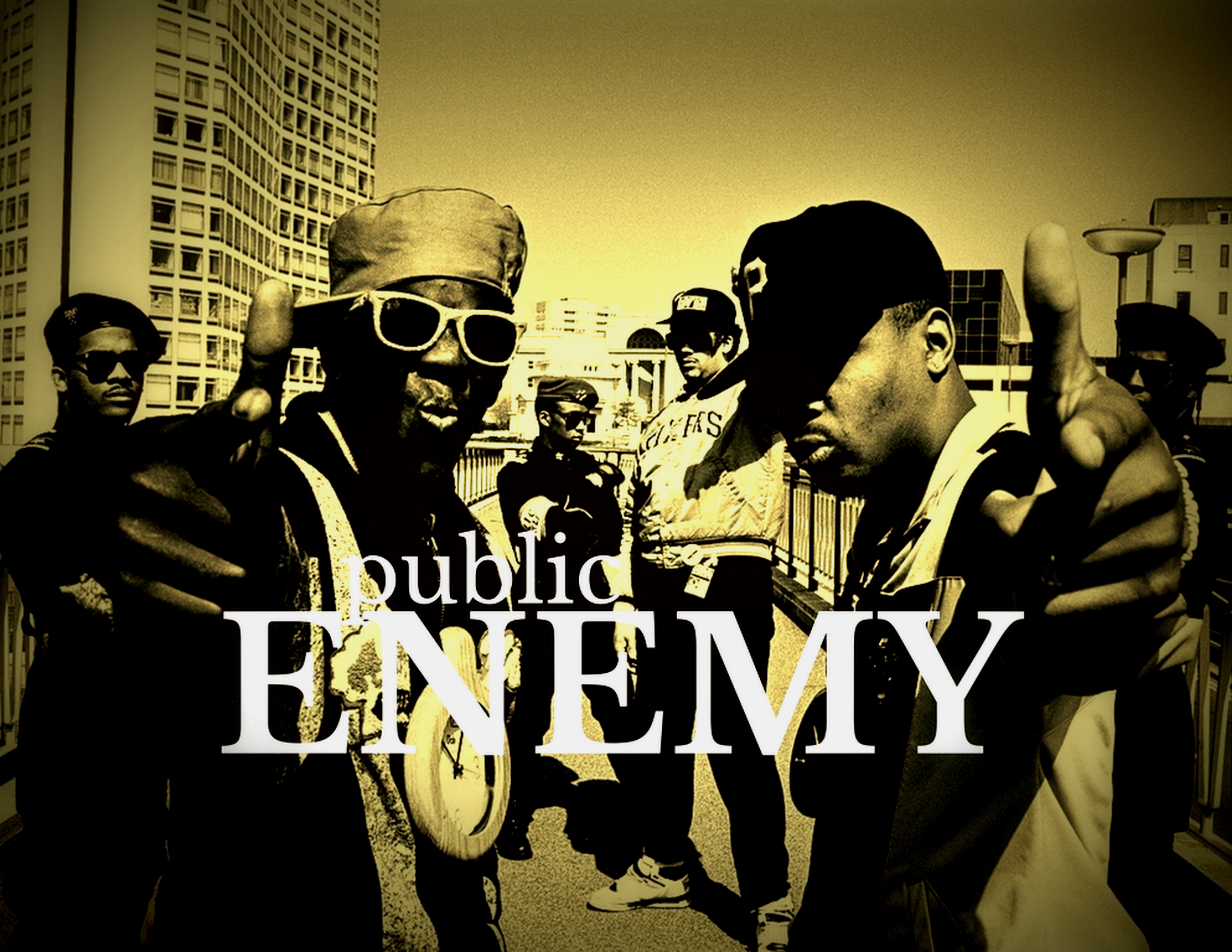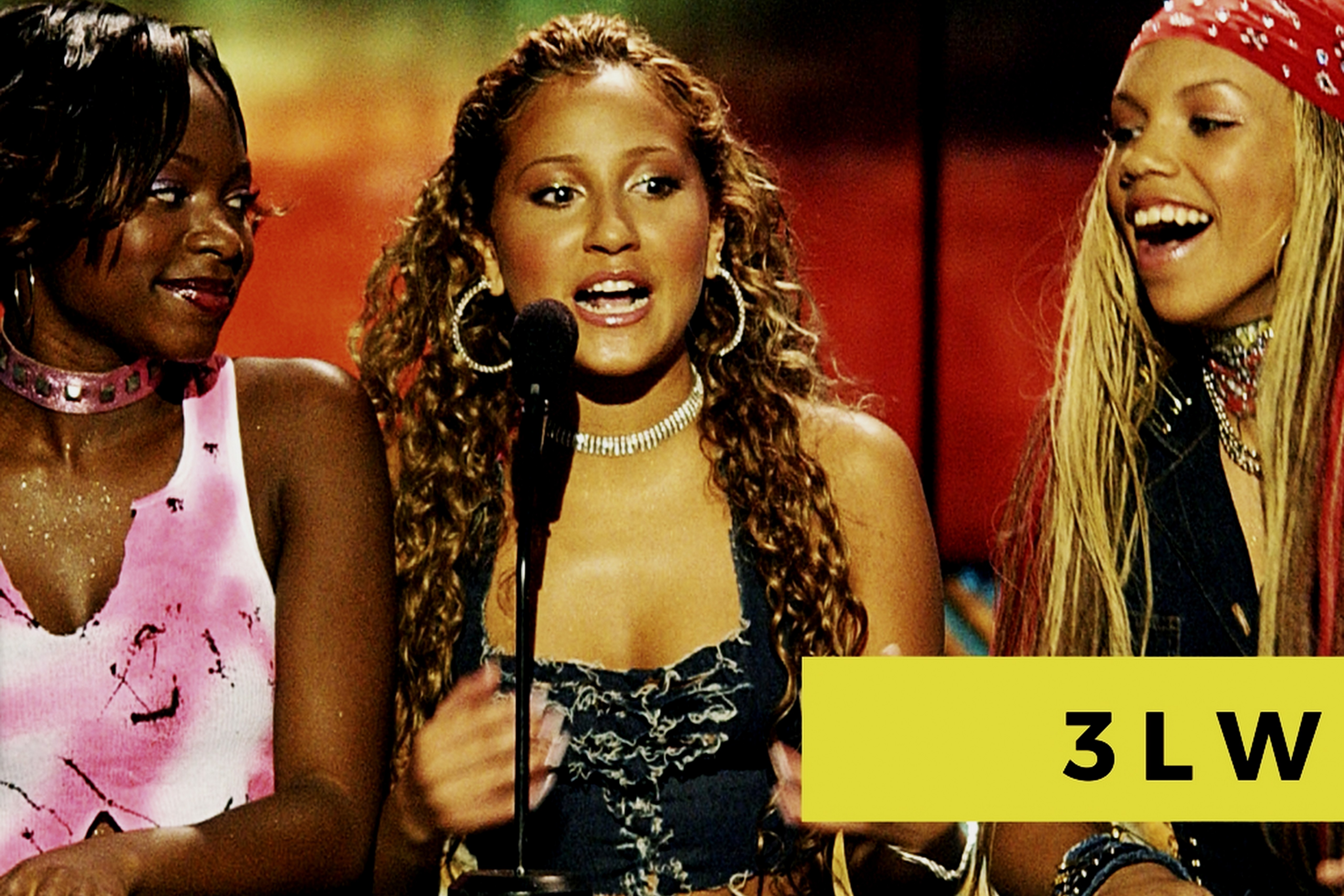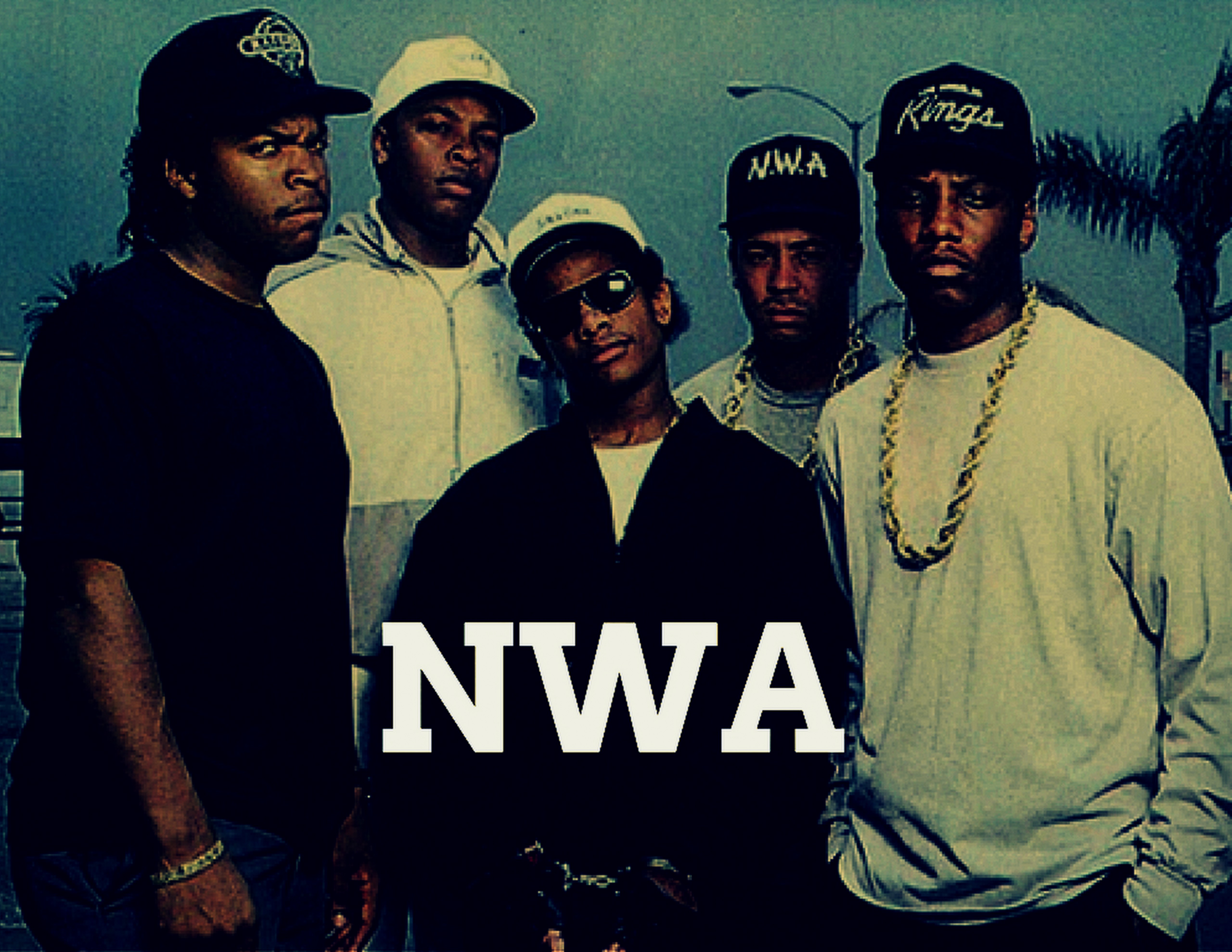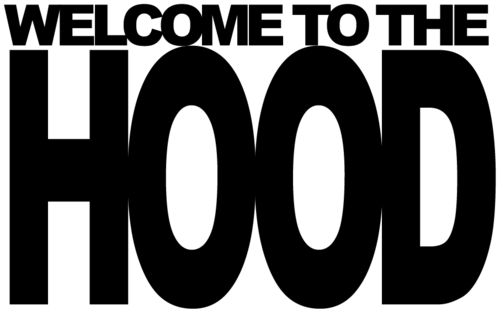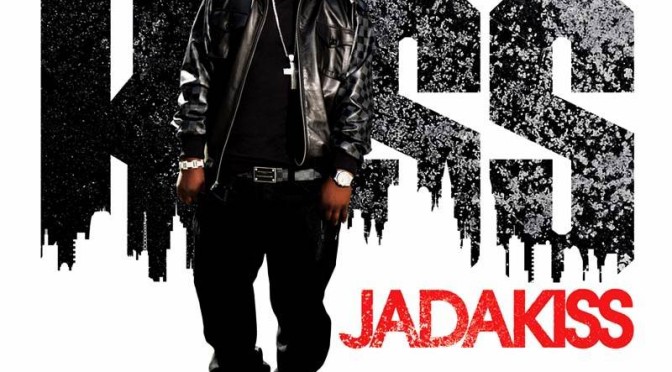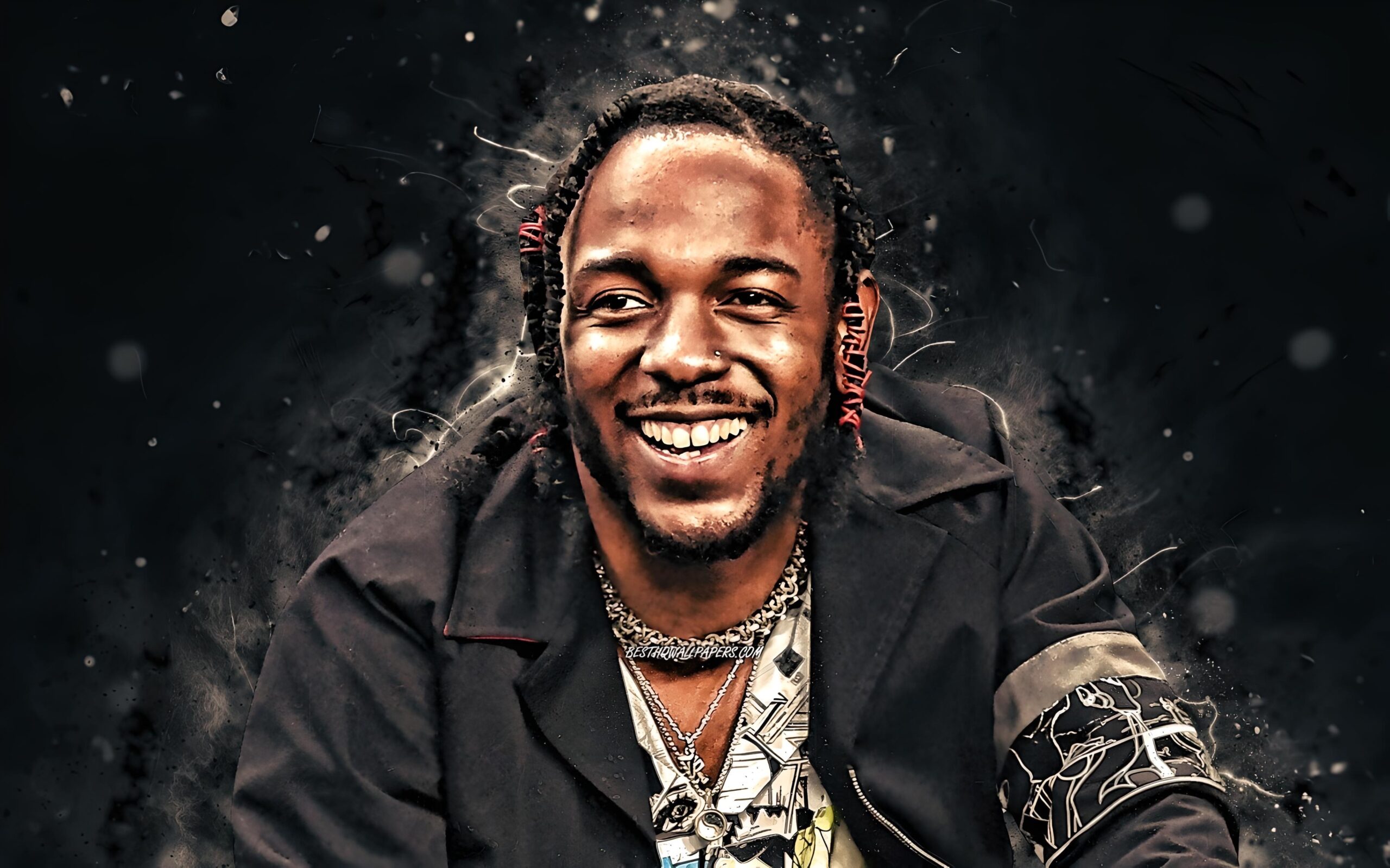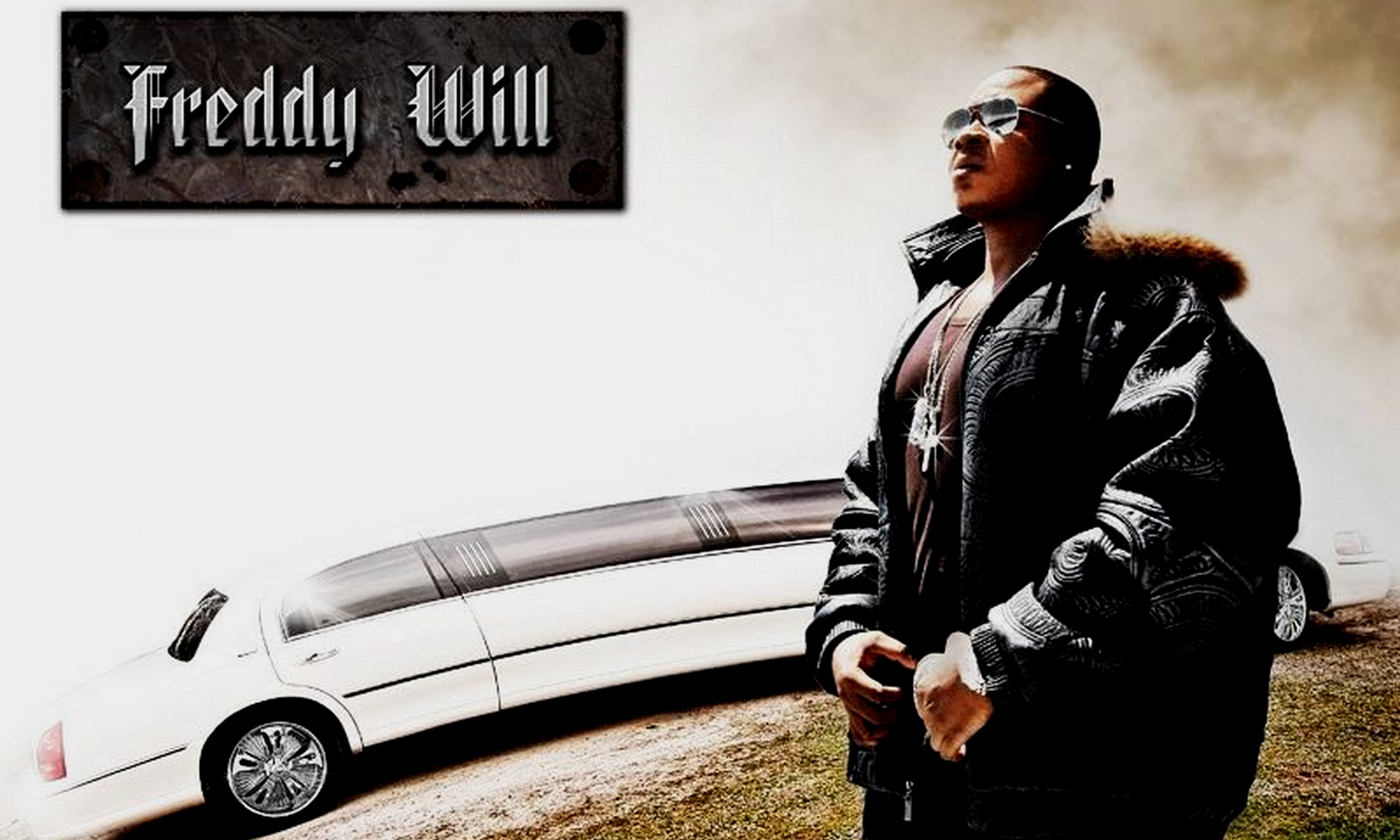Being an emcee, I’ve found compiling a short list of my top emcees challenging. This is because making a genuine, unbiased list without leaving out a veteran is almost impossible. The emcee is a wordsmith. He or she is a lyrical genius, a poet who spits a rhymed message. Unlike the Dancer, who uses body movements, the graffiti artist, who uses spray paint, or the DeeJay, who mixes hot tunes on a turntable, the emcee’s craft utilizes a literary element that combines literature with metaphor, idiom, punchline with implied ideas that inform and entertain an audience.
He or she is basically a lyrical genius, a poet who spits a rhymed message.”
Social and political activism fuels the emcee’s zeal. As a community member, it is his or her responsibility to give constructive praise or criticism to everything the city can relate to. An Emcee will provide an accurate report on what’s happening [like Rakim or Roxanne Shante did; for example]. He chooses every rhyme carefully. Even when he or she makes a short list of elite emcees, every pick on that list is correct to the emcee making a list.
Most Significant of All Time or G. O. A. T. Emcees
It should be no surprise that every Hiphoppa has listened to a fair share of rap. The community’s well-preserved Psalm, the producer’s well-produced demo, an emcee has listened to many of them and even held his or her own in a freestyle cipher. Naturally, emcees expose listeners who listen to new releases from various artists. They open the listener to a remarkable amount of information as the craft presents them with many patterns. From Billboard hits to undiscovered classics, locally respected favorite mixtapes to mainstream radio carols or street anthems.
The emcee is the voice of the community, the ghetto’s spokesperson.”
In addition to that, working with a healthy amount of other emcees can only garner more respect. An emcee is well-read, self-taught, and never afraid to comment publicly about social, political, or even religious or sexual matters. The emcee is the voice of the community, the ghetto’s spokesperson. However, some emcees do not set the brightest example. Even worse, since rappers, the media had bastardized the genre of Hip Hop itself to a point where every Hiphoppa now has a responsibility to redeem tha Kulture and represent it more attentively.
Qualification of an Authentic Emcee
Hip Hop has come through its ups and downs, although its emcees have represented it wholeheartedly. By being consistent, the emcee releases at least [a] 3+ rap albums or mixtapes, [b] has a lyrical wit that enables him or her to rap in their style, [c] brings originality to Hip Hop by adding more to the general essence of the Kulture. Swagger, fame, and album sales count; however, they do not entail the overall responsibility of an emcee. Awards won, the number of hits, YouTube plays, and radio anthems set a career emcee apart, yet that does not make one a legend.
Oxford English Dictionary
“…a person who provides entertainment at a club or party by instructing the D.J. and performing rap music”.
Merriam-Webster Dictionary
“…a person who determines the forms to be observed on a public occasion”.
Like the DeeJay [DJ], a few other genres have adopted their MC personality from Hip Hop. After that, to distinguish a Hip Hop MC, known as a “master of ceremony,” we call him or her an “Emcee.” Hip Hop differentiated its emcee from other M.C.s after those genres stole the term and personality. Hip Hop always sets itself apart from the rest.
Urban Dictionary
“…an MC is a Hip Hop rhymer. Rappers are not MCs.
M.C.s are from the Hip Hop Genre, entirely different from Rap.
Rappers rhyme about gold jewelry, loose women, and gang-banging on machine-produced beats; M.C.s rhyme about real life, everyday life, on beats produced by D.J.s….”
Tongue and Rhyme Twisting Emcees
An emcee is a master of storytelling who records or performs Hip Hop on a stage, song, mixtape, or album bearing his or her initial written rhymes that either proclaim, lament, or bring awareness to be social, political, or other matters in the community. The emcee is the central figure in Hip Hop Kulture. As an occupation, the public looks low upon this line of work unless financial or commercial gains are apparent. But he or she remains a central figure. Fake emcees use a facade.
However, expensive props also contribute to the clout of a legitimate Hip Hop emcee. They portray the wrong image and often wear meaningless jewelry, drive rented vehicles, and prefer to be in the company of low-life thots or dancers to show an assumed financial or commercial success. But an authentic emcee is always one who educates people. A credible emcee gains respect from his or her relativity, creativity, lyrical superiority, and charisma. Originality is crucial.
…mainstream uses definitions as they are taught in schools while Hiphop’s definitions come from a place where education does not undo Kulture.”
The Music & The Kulture
I distinguish Hip-Hop [the music] from Hiphop [the Kulture] to show the difference between the underground and mainstream mentality. That is because the mainstream uses official definitions taught in schools, while Hiphop comes from a place where education does not undo Kulture. The deadlock is, since the mainstream is more financially dominant and influential through the media, it can palm any society to see things it’s way. It can also refuse to accept a culture.
As much as it is essential to the point that there are several variations of urban culture, Hip Hop is not the only culture in the community. Reggae, Dancehall, Roots, Soca, Calypso, and Spanish cultures exist. Funk, Jazz, Gospel, R&B, Soul, and Blues cultures exist. Hip Hop [the music] is distinguished into two sections – Old School [or Ol’ Skool] and New School [or New Skool]. New Skool is current, while Ol’ Skool is anything ten or older.
Legendary Conscious Emcees
Moreover, there are Conscious, Snap, Drill, Gospel, Gangsta, Pop, Hard Core, Alternative, Jazz, and even Crossover genres. There are combinations of East Coast, West Coast, and Southern types of Hip Hop. The entrepreneurial spirit fueled by street commerce is a critical factor that enables Hip Hop to stand independently. When an emcee’s creativity is well appreciated, he or she is regarded as a G.O.A.T. or a legendary emcee.
Everybody knows that there is a constant craze for Hip Hop. The emcee is the physical embodiment of that craze.”
Everybody knows that there is a constant craze for Hip Hop. The emcee is the physical embodiment of that craze. He or she starts as an underground artist and comes to the mainstream seeking a recording career. The Zulu Nation depicts an emcee as one who “talks on the microphone while the DeeJay plays a loop” from a popular song. Busta Rhymes [one of the most prolific emcees] describes an emcee as someone who presides over a show and “moves the crowd.”
Epic or Historic Emcees
His emphasis is placed on the energy of the emcee. Rakim [of Eric B. and Rakim] agrees. An emcee must control the crowd. An emcee checks the mic [Microphone Checka]. It takes a genius to remember and recite rhymes accurately using a precise melody, style, and charisma.
Classic Emcee Attributes
The emcee recites written rhymes or spontaneously raps unwritten lyrics – a freestyle. Like rapping in broken English, Uncle Sam’s or the Queen’s English may not guarantee street credibility. The emcee comes as one who speaks a unique dialect called Ebonics. Together with the elements of Knowledge, DeeJaying, Graffiti art, and Dancing, these artists document the ills and triumphs of our time while projecting the heritage of the Kulture. The Kulture is driven by social awareness. The awareness inspires us to take action. Many cultures work the same way; this is how others relate.
The emcee comes as one who speaks a unique dialect called Ebonics.”
This is what gives us our unique identity. The emcee is the leading press of the event. He or she is the master of the ceremony. Whether it’s an album, a mixtape, or a physical performance, the emcee is the master of that ceremony. He used to be the one to introduce or shout out the DeeJay or hype the D.J.’s crowd, but now he is a lyricist who presides over the entire event. Emcees talk, rap, and sing. Some rhyme fast, and some verses slow. Davey D’s Hip Hop Corner states that the emcee is now “…responsible for a multibillion-dollar industry”. Hip Hop comes with wealth, plus the emcee sits on top of it all.
Elemental Emcees
Some emcees have a natural talent, while others perfect the skill. Some rap in groups, like U.G.K., Naughty by Nature, E.P.M.D., N.W.A., Outkast, Black Jays, or Salt–N-Pepa. Other rap solos like Sir Mix-A-Lot, Too Short, Lil Wayne, Eminem, and Freddy Will. Some emcees are solo and group artists like Wu-Tang Clan or West Side Connections. Where an emcee writes lyrics and hooks, a DeeJay produces the instrumentation to be rapped over.
Today, the music producer has taken on that role. At some point, an emcee has to participate in rap battles. Pioneer emcees include Busy Bee, Love Bug Starski, Grand Wizard Theodore, Melle Mel, Cold Crush Brothers, Funky 4 + 1 More, and Run D.M.C. These emcees mainly laid the blueprints of Hip Hop. The emcee’s lyricism enables him or her to project a detailed message. He is more than an entertainer. She can inject a conscious idea through lyrics and rhyme; she is much like a lyrical activist. He or she risks their reputation if the public does not agree with what they say.
Yet, the emcee is never shamefaced by misconception.”
Resistance to Misconceptions
Yet, the emcee is never shamefaced by a misconception. She shares her intimate experiences of love, heartbreak, death, poverty, life, success, politics, culture, or abuse. By expounding on the issues, he gains emotional gratification from those who experience the same. This is the relationship between the emcee and the listener. This is where youths share the same skills and appreciate someone they relate to. It allows them to feel wholesome.
Understanding and working within these boundaries also heightens the connection between the emcee and the listener. Awareness, insight, and creativity, in turn, reflect the youths’ essence regarding a wide range of social and economic issues. Emceeing is quite the talking drum. Hip Hop will not reach its peak until more of its men and women seek higher education, more fathers learn to raise their children, mothers are under less feminism, and children grow up in cultural environments with good discipline.
Political & Social Activism in Hip-Hop
An emcee’s goal is to change things. Emcees get their share of worldly perks – wealth, fame, travel, sex, and respect from comedians, DeeJays, athletes, highly regarded opinions, honor, and thousands of followers worldwide. More so, an emcee knows his or her responsibility is to spark debate because he is a leader and a father; she is a mother and a pioneer. To educate [drop knowledge] and inspire both children and adults, a proper emcee is aware of what the average person does not know. He [or she] brings wisdom to enlighten others.
When Dr. Dre released “The Chronic,” he was aware of social issues many were unaware of. While writing this book, one observation I made about the disrespectful way no Hiphoppas perceive Hiphop was that many do not understand what the emcee is saying. I observed that many who criticize Hip Hop only hear profanities or controversial slang, which they interpret as gang-related racial or homophobic jargon. I played loud hip-hop for some critics from different walks of life and ages to observe their reactions.
…many who criticize Hip Hop only hear the profanities or controversial slang which they interpret as gang related racial or homophobic jargon.”
Profanity & Slang Words
When I turned the music down, I asked them to explain the song’s context. Most only heard the ‘F,’ ‘B,’ or ‘N’ words. They could not explain the context of the songs nor the emotions conveyed in them. I asked, “What’s this song about? What’s the message?” Again, they could not tell me. It was as if the emcees were speaking in a foreign language with frequent outbursts of ‘F,’ ‘B,’ or ‘N’ bombs. So, while the emcee is busy communicating his or her story, hoping to bring awareness, some critics do not even understand him or her.
Rhythm & Blues
Add racial stereotypes and mainstream misrepresentations, and you will find those who refuse to accept Hiphop because they don’t want to understand it. This is evident in how it is treated as a nuisance compared to Jazz, Classical, or Pop. The DeeJay turned vinyl records, mixers, and turntables into musical instruments. The emcee uses his or her voice as an instrument. Some groove to the rhythm; they dance to the beat when they can’t understand the words.
Since a bastardized “Crimester hip-hop” is circulating, a critic may probably hear the “Crimester song” before hearing the conscious one. Some record companies do not care what message their artist brings. Some emcees are glorified rappers merely looking for a paycheck, a smash hit, and at other times, sex and fame. As long as they make a single, their label stays happy. If not, they worry about the mainstream’s reaction rather than the inner city.
Today’s emcee is a self-made, well-traveled business person.”
Lyric, Rhyme & Melody
Regarding fashion, there are no written rules to “stay fresh,” current or “fly” in order words – to look good. The emcee’s apparel, the baseball hat tilted over the eye, the hoodie, the leather jacket, loose pants, and jewelry [diamond watch, earrings, gold chain, and bracelet] are fashionable. Is this why the media helps to brand the inner city with a new urban philosophy and, in the name of diversity, introduces a metrosexual culture that exploits the growing homosexual frenzy?
Not to say, some do not overdo it. When criticized, clothing style, slang, or original opinion are the only controversial issues that are misunderstood. The emcee brands sports, records, department stores, apparel, box office movies, documentaries, sitcoms, reality shows, commercials, books, etc. Today’s emcee is a self-made, well-traveled business person. Everything he or she wears is indicative of that. From the way he or she speaks to how they walk, every tattoo on the body gives out a message that conveys Kulture.
Street Emcees
The emcee bears the responsibility of being a unique social icon. And this comes first before money or fame. From the edge up to the diamond chain, the big-faced diamond watch to the stud earring, all are symbolic representations of tha Kulture. Run D.M.C. introduced the black fedora hat, dookie gold chain, Adidas sweatsuit, Adidas sneakers, and leather jacket. This teaches us that an emcee should always project a famous image, sex appeal, street-smart, knowledge, commerce sense, essence, and everything that embodies financial success from penury. So does the Dancer, the Graffiti artist, or the DeeJay.
These platforms are the main elements of Hip Hop that are put together to share knowledge and Kulture and harness the people’s traditional substance. This is what unites and galvanizes the youth. A better understanding to improve how tha Kulture is portrayed in the media. It’s not just for the inner city community; it is the heart and mind of a genre and a global community of Hiphoppas.*
